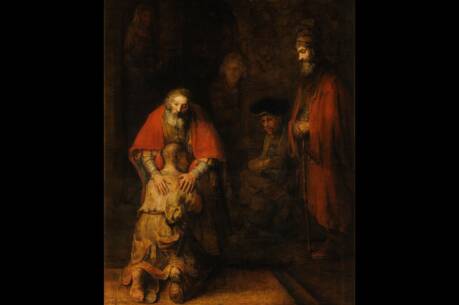Dream Visions and a Sign in the Heavens II
The Epiphany, or Manifestation of Jesus, is the Christmas feast among Eastern Christians, both Orthodox and Catholic. The same readings for all cycles emphasize a number of themes. The first reading from the final, post-exilic section of Isaiah envisions the nations streaming to a restored Jerusalem; the psalm heralds God’s choice of a king who will manifest justice and peace to the nations and be concerned for the poor; and the Gospel is the wonderful story of the sages (magi) from the East who are led by a star (natural revelation) to come and worship the newborn king of the Jews.
Jesus is a manifestation of God’s grace (Eph. 3:2) not for the people of the first covenant alone, but for all nations. Christian iconography throughout history has captured this meaning as the magi became first three kings (from Ps. 72) and later people of different ages and colors. This visit also prepares for the final section of Matthew, in which the Apostles are commanded to proclaim to all nations what Jesus taught and did.
After 2,000 years most of humanity have yet to bring their gifts to the newborn king of Israel. Religious pluralism is a fact, and our world needs toleration more than uniformity. Yet this feast offers resources for continued reflection. The nations are led either to Jerusalem or to Jesus by God and in God’s good time. While affirming the centrality of Christ for salvation, the church holds that explicit confession of Christ is not required. The magi came by ways unknown to us, led by their own reading of signs in the heavens. When they returned by another way, were their lives changed? Did they worship the newborn king of the Jews? The manifestations of God at this season are public; the ways people are drawn to him were and remain opaque to human eyes.
This article also appeared in print, under the headline “Dream Visions and a Sign in the Heavens II,” in the December 24, 2001, issue.







